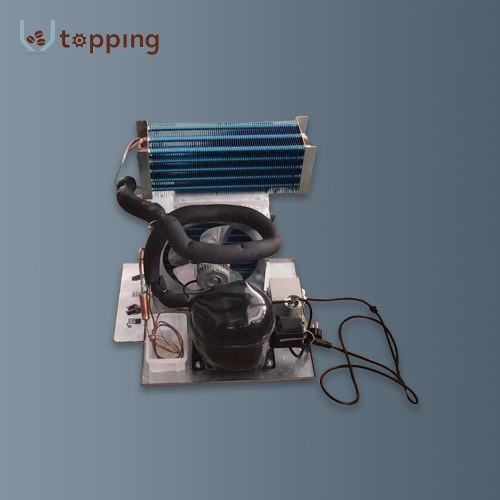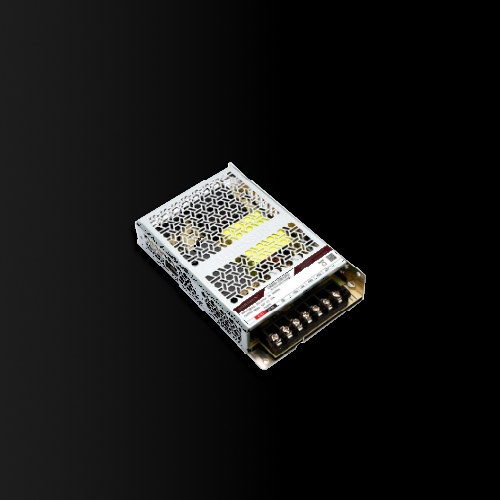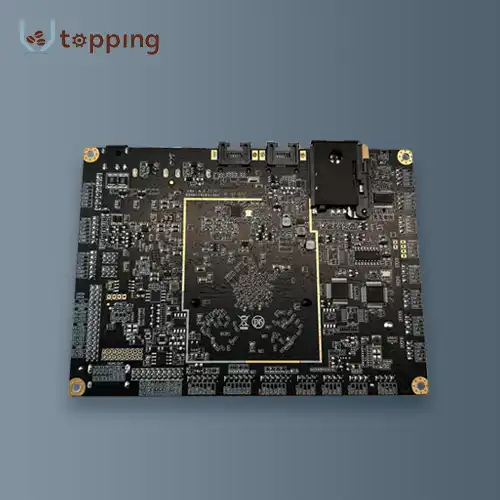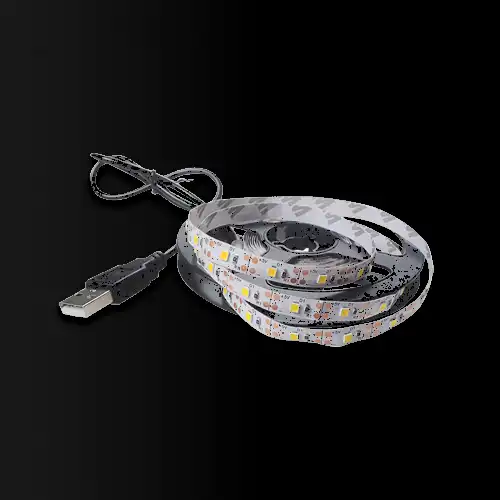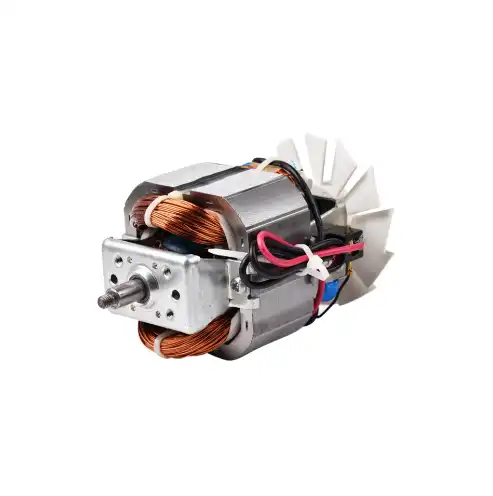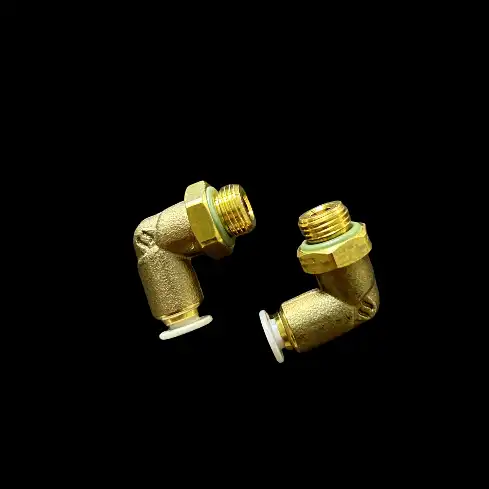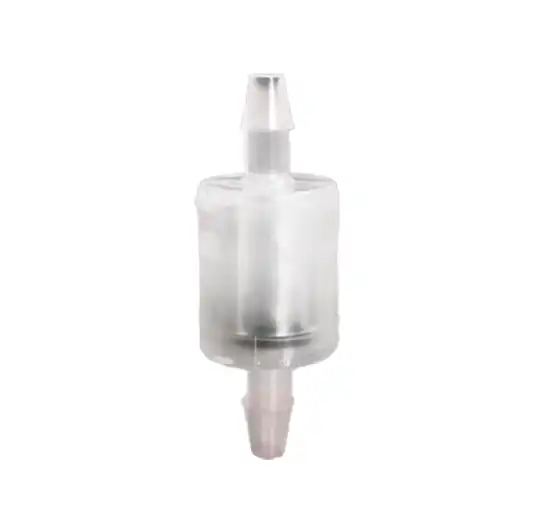What is a coffee brewing Unit?
2024-08-20 13:54:00
A coffee brewing Unit is the heart of any automatic coffee machine. It's the part that turns ground coffee and hot water into the delicious drink we all love. Think of it as the engine of your coffee maker. This important piece does all the work of brewing coffee, from taking in the ground beans to squeezing them, pushing hot water through, and getting rid of the used grounds.
The coffee brewing Unit is designed to copy what a person does when making espresso by hand, but it does it automatically and consistently. It makes sure each cup of coffee is brewed just right, keeping the temperature, pressure, and brewing time perfect. This results in a rich, flavorful cup of coffee with a nice creamy top called crema.
In places like offices or cafes where lots of coffee is made, the brewing unit is super important. It needs to work well even when it's used a lot and still make great coffee every time. How well the brewing unit works can really affect how happy customers are and how successful a coffee shop is.
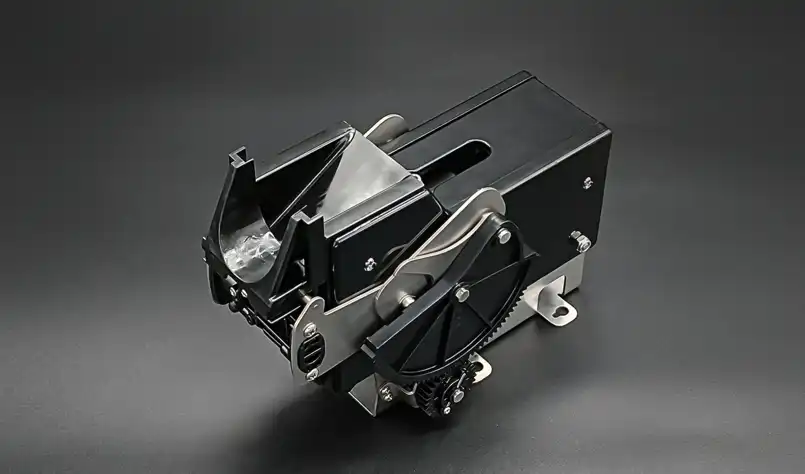
Brewing unit components
Components of the coffee brewing Unit is the heart of a coffee machine. It is the part that turns raw coffee grounds into a delicious drink. The brewing unit's various parts work together to get the best flavor, aroma, and extraction. Understanding these parts offers significant experiences into how to accomplish the ideal mug of espresso.
- Water Reservoir:The water that is needed for brewing is kept in the water reservoir.Its capacity can vary from machine to machine, limiting the number of cups that can be brewed before the machine needs to be refilled.A reservoir that has been designed well makes it simple to fill and clean, which can make the brewing process better.
- Pump: As previously mentioned, the pump generates the necessary pressure to force water through the coffee grounds. A pump typically produces around 9 bars of pressure in espresso machines. The sort of siphon, whether vibrating or rotational, influences the consistency of water stream and tension, straightforwardly affecting the espresso's extraction quality and flavor profile.
- Brewing Chamber: The brewing chamber is where the coffee grounds are stored and where the water interacts most effectively. It is made to hold a brewing basket or portafilter, both of which hold the coffee. Many fermenting loads additionally consolidate highlights that advance uniform water dispersion over the grounds, which is key for adjusted extraction.
- Coffee Grounds Container:This part collects brewed-out coffee grounds. The efficient design makes it simple to remove and clean, preventing leftover coffee from affecting subsequent brews. Some machines come equipped with built-in grinders that direct the production of fresh grounds into the brewing chamber, thereby increasing flavor freshness.
- Water Pathways: During brewing, these are the conduits through which water flows. The dynamics of pressure and flow rate can be affected by the design of these pathways. All around designed pathways assist with guaranteeing uniform immersion of espresso beans, vital for accomplishing an even extraction.
In conclusion, the components of the coffee brewing Unit cooperate to produce high-quality coffee. Every component in the extraction process is crucial, including the pump and brewing chamber to the water reservoir and heating element. Coffee enthusiasts and professionals can appreciate the complexity of brewing methods and select and operate coffee machines with confidence when they are familiar with these components. In the end, this knowledge results in the creation of an outstanding coffee experience.
Different types of brewing units
There are a variety of coffee brewing Unit, each with its own advantages and ideal applications:
- Units driven by pistons: Numerous automatic espresso machines typically include these. They utilize a mechanized cylinder to press the coffee beans and power heated water through them. They are well-known for their consistent and dependable coffee.
- Transport systems: For filling with coffee, pressing it down, and brewing, these brewing units move side to side to different positions. They are known for being very precise and are frequently found in fancy super-automatic machines.
- Brew-in-cup appliances: The coffee is brewed directly in the cup in these appliances. They are popular due to their simplicity and ease of cleaning, and they can be found in some office coffee machines.
- Case based frameworks: These are designed to work with coffee capsules or pods already packaged. Although they are not traditional brewing units, they perform the same function and are popular due to their simplicity.
- Units for centrifugal brewing: To make coffee, these rotate at high speeds to push water through the grounds using spinning force. They are less common but can quickly make coffee.
- Dual units for brewing: Some top of the line machines have two separate fermenting units, allowing you to make two distinct espresso drinks simultaneously.
Where it will be used (home, office, or commercial), how good you want the coffee to be, how easy it is to maintain, and how much it will cost are all factors to consider when selecting a brewing unit.
Coffee brewing Unit manufacturers
When choosing a coffee brewing Unit manufacturer, it's important to think about things like the quality of materials they use, how precise their manufacturing process is, whether spare parts are easy to get, and what kind of support they offer after you buy.
Topping Motor alia has more than 10 years of experience and provide samples. If you are choosing your coffee brewing Unit manufacturers, welcome to contact us at sales@huan-tai.org.
In conclusion, the unit is a crucial part of any automatic coffee machine, responsible for making the perfect cup of coffee. Understanding its parts, types, and manufacturers can help coffee machine designers, cafe owners, and coffee lovers make smart choices about their coffee equipment. Whether you're looking for a simple home machine or a high-volume commercial solution, there's a coffee brewing Unit out there to meet your needs.
References:
1. Illy, A., & Viani, R. (2005). Espresso coffee: the science of quality. Academic Press.
2. Schomer, D. (1996). Espresso coffee: Professional techniques. Espresso Vivace Publications.
3. Thurston, R. W., Morris, J., & Steiman, S. (2013). Coffee: A comprehensive guide to the bean, the beverage, and the industry. Rowman & Littlefield.
4. Pendergrast, M. (2010). Uncommon grounds: The history of coffee and how it transformed our world. Basic Books.
5. "Coffee Brewing Control Chart." Specialty Coffee Association.
Send Inquiry
Related Industry Knowledge
- Vending Machine Cup Dispenser Mechanism
- How Quickly Do Coffee Machine Boilers Heat Up?
- What Are the Most Commonly Replaced Coffee Vending Machine Spare Parts?
- What Is a Single Boiler Coffee Machine?
- How Important Is the Motor Quality in a Coffee Grinder?
- How Much Power Does a Coffee Grinder Use?
- How Do You Fix a Coffee Grinder Motor?
- How Do You Clean a Plastic Coffee Hopper?
- Coffee Vending Machine Mixing Systems Features
- What Is Hopper Coffee?

.webp)
